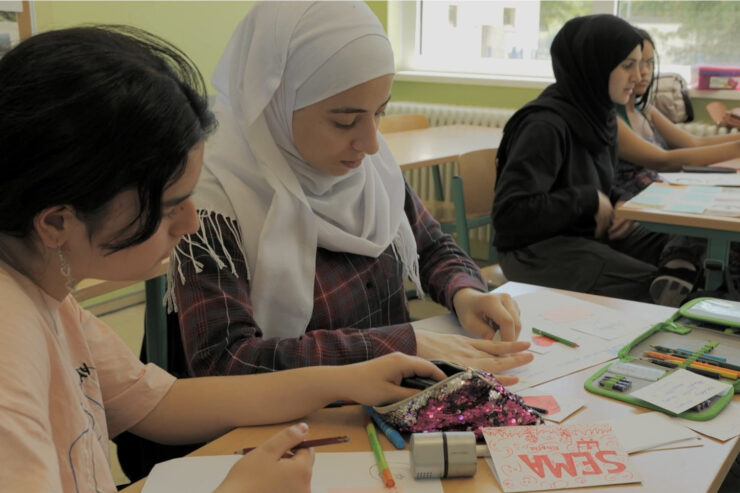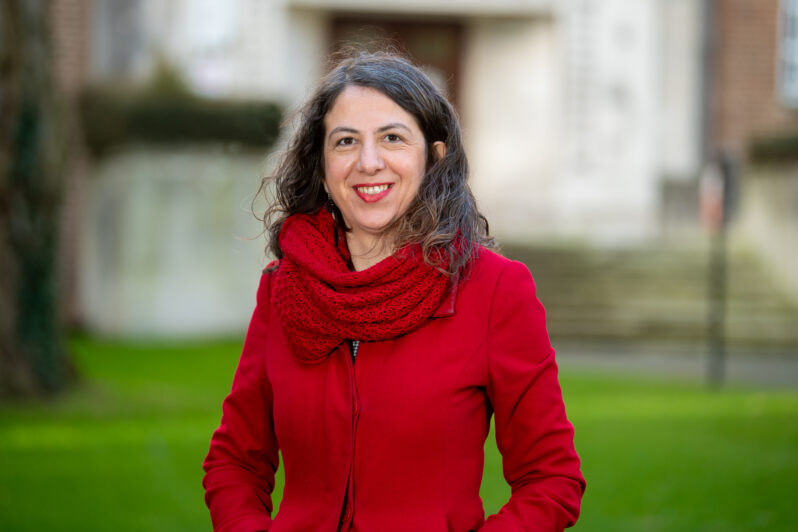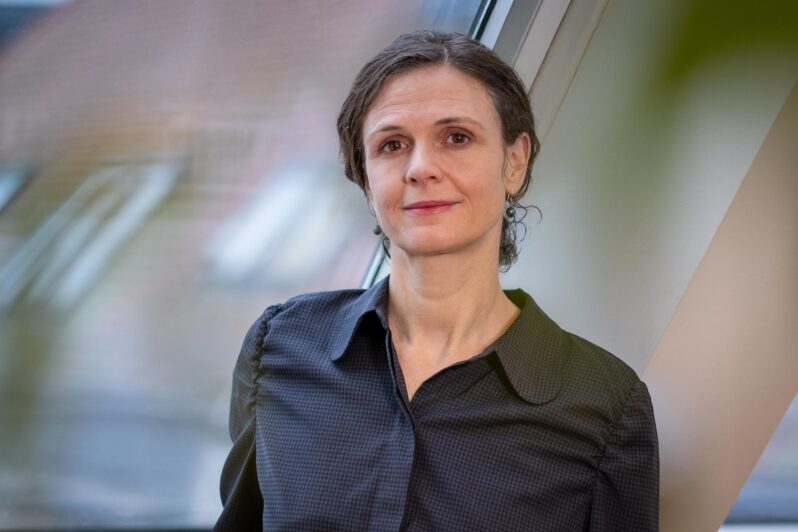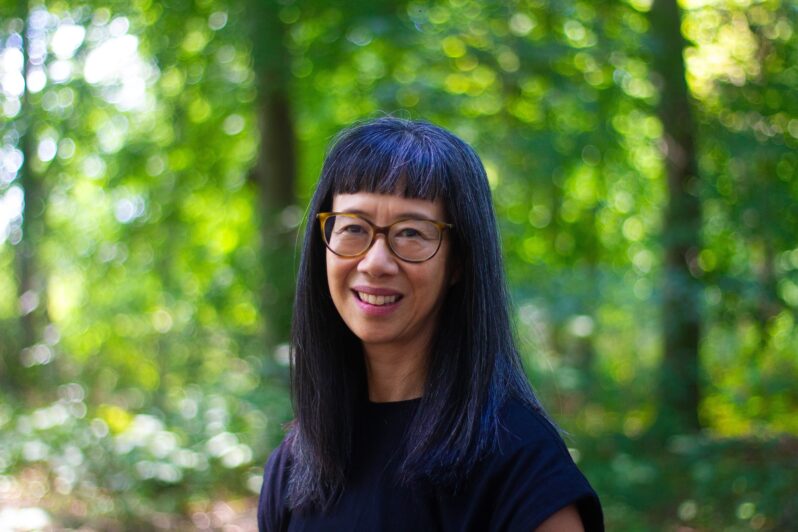How diversity can succeed in schools

Turning diversity into a classroom strength
Classrooms around the world are becoming more culturally and linguistically diverse due to migration, globalization, displacement, and climate change. As a result, schools are facing not only new challenges, but also new opportunities.
How can schools create inclusive learning environments for all students, especially those with migration backgrounds? Recently, international researchers and educators came together to explore the responses of schools to migration-related diversity and the impact this has on students’ academic outcomes, wellbeing, and sense of belonging.
“When schools endorsed more multiculturalist approaches, the belonging and achievement gaps between minority and majority students were smaller.”
Gülseli Baysu
From challenge to strength
Migration-related diversity is not only a source of challenge, but also of strength. All students bring valuable cultural knowledge and complex identities that can enrich the classroom, especially if schools support them in navigating and integrating these diverse aspects of who they are.
Adopting a multicultural approach in school policies and teaching practices is of great importance. When schools value students’ cultural backgrounds and allow space for identity development, academic achievement gaps narrow, and social cohesion grows.
Exploring identity in the classroom
A promising method of approaching classroom diversity is the Identity Project. This 8-week classroom intervention was originally developed by Adriana Umaña-Taylor, Professor at Harvard University, and has now been adapted for use in several European and South American countries. The project offers students structured opportunities to explore their ethnic and cultural identities, which not only fosters self-understanding but also promotes more positive attitudes toward others.
Jana Enzmann, a student teacher who helped implement the Identity Project in a German school, shares how engaging with topics such as racism, stereotypes, and discrimination strengthened her confidence and cultural sensitivity as an educator.
“I’ve become much more confident in how to teach and moderate conversations in diverse classrooms.”
Jana Enzmann, student teacher
Addressing diversity in schools is essential—not optional. When schools create space for students to understand themselves and each other, they build stronger, more inclusive learning environments for everyone.
Footnotes
A German version of the video is also available here.



